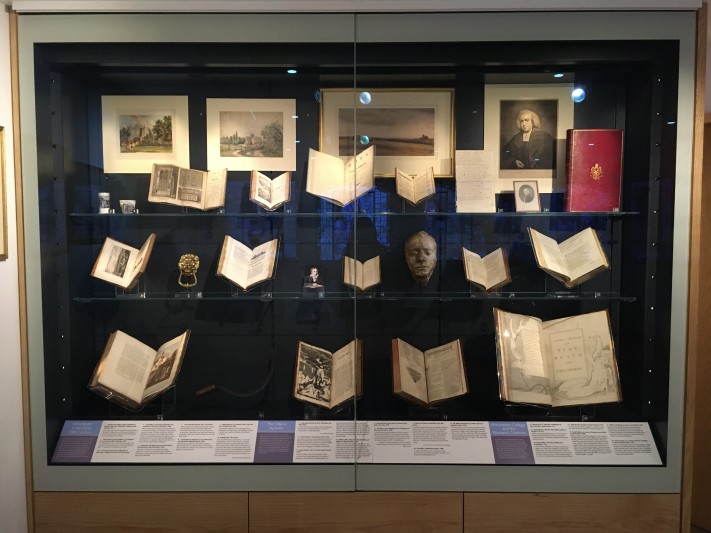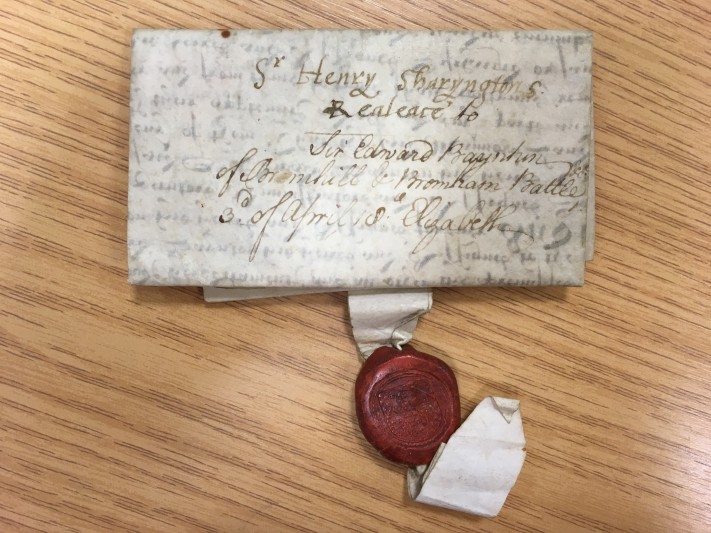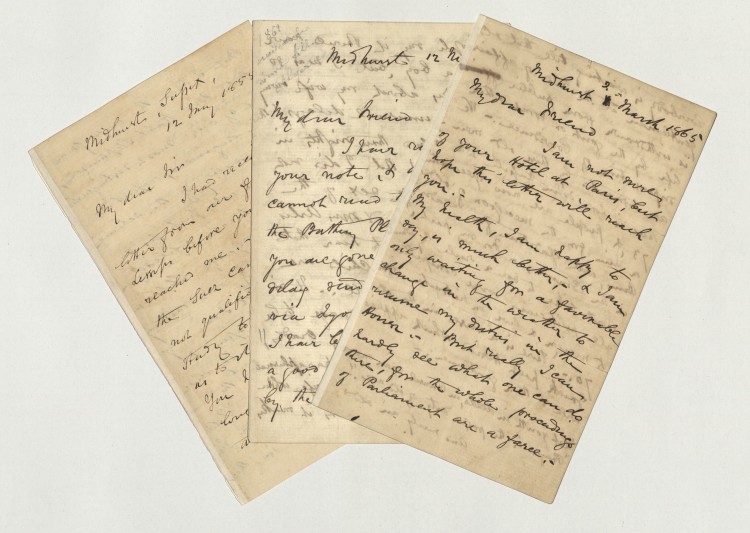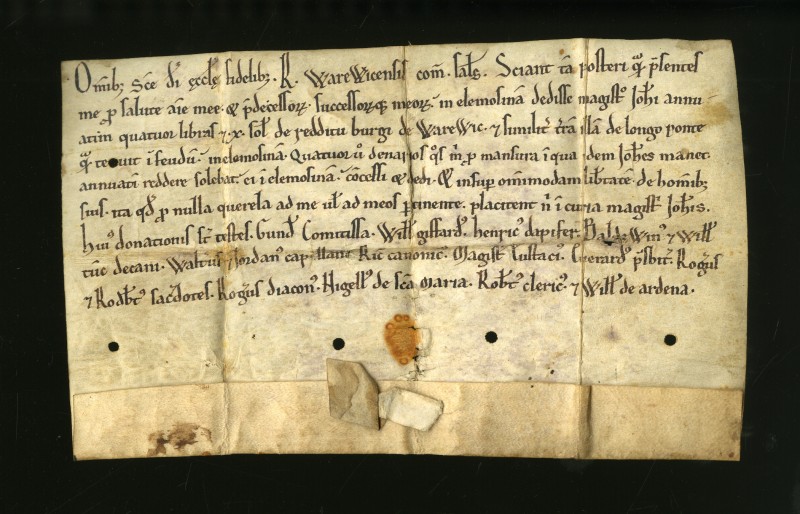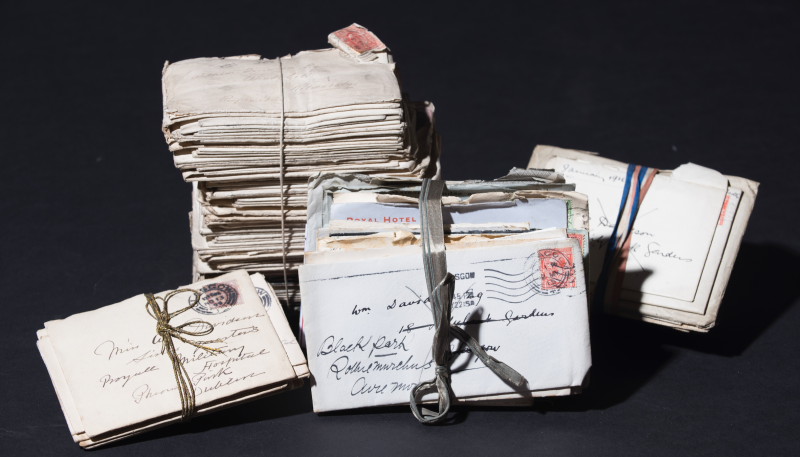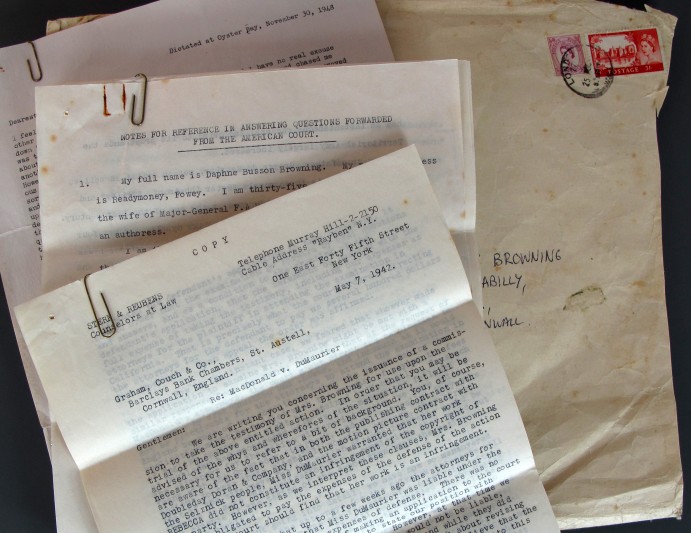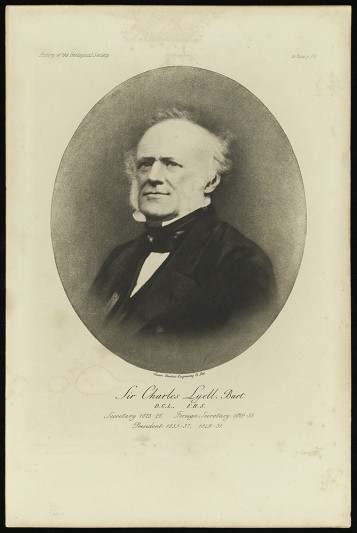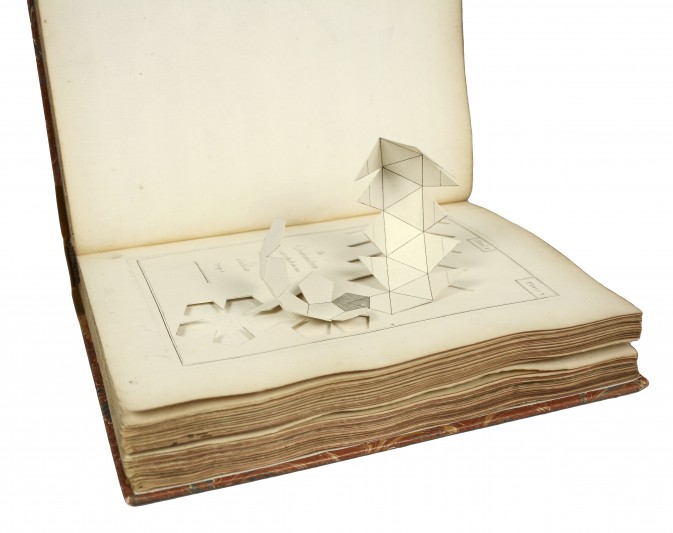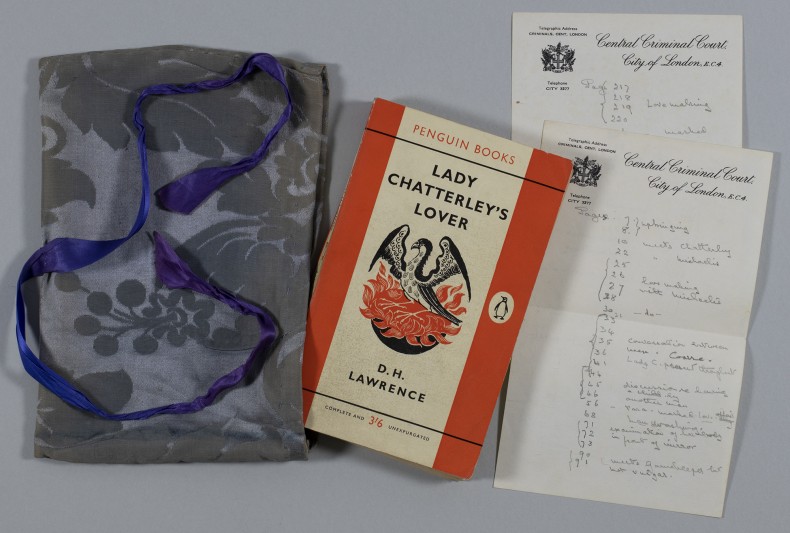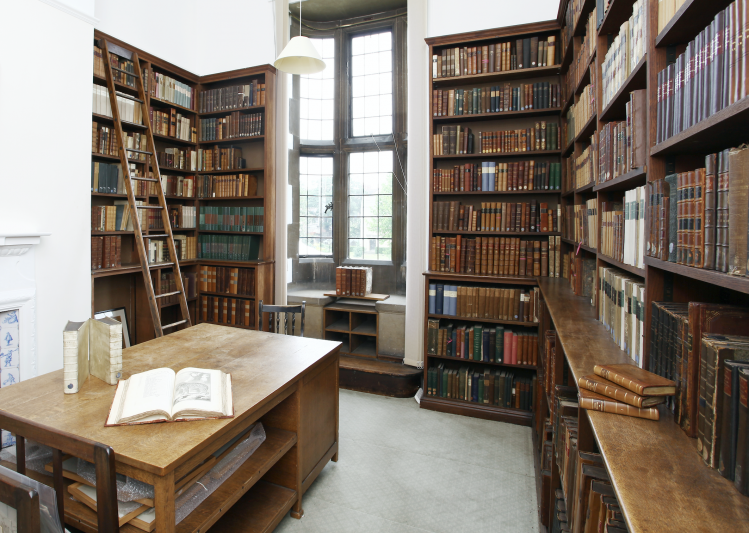Winchester has a special connection with John Keats, who spent two months in the city in the summer and autumn of 1819.
Search FNL grants since 1931
The deed relating to the Sharington family of Lacock Abbey is an important acquisition for us and is now reunited with the Lacock Archive, which was also purchased with the support of Friends of the National Libraries. With other documents in the archive it enhances our understanding of the family’s history and the development of the estate.
The document highlights the extent and value of the manors and confirms that, regardless of any other documents issued by Sharington, the manors and lands “at all times hereafter … shall continue, remain and be unto the said Edward Bynton, his heirs and assigns.” The manors included 120 messuages, 4,000 acres of land, 4,000 acres of pasture, 4,000 acres of meadow, 200 acres of wood, 2,000 acres of heath and furze and £4 of rent with appurtenances.
Henry Sharington was the younger brother of Sir William Sharington, who bought the estate the Lacock Abbey estate from Henry VIII in 1540. Sir William Sharington was a prominent Tudor courtier and a wily political operator, eventually becoming Under-Treasurer of the Bristol Mint, which he defrauded, keeping the profits to invest in rebuilding Lacock Abbey.
These three letters from Richard Cobden to François Barthélemy Arlès-Dufour provide an important insight into both Cobden’s political views and his family life and will be of great interest to 19th-century political historians, particularly when viewed in conjunction with the Cobden Archive held by West Sussex Record Office.
Arlès-Dufour was a French silk merchant, leading exponent of Saint-Simonianism, and a friend and frequent correspondent of Richard Cobden. He collaborated with Cobden over the Cobden-Chevalier Treaty, a free trade agreement between the United Kingdom and France signed in 1860.
The letters, dated 12 Jan 1855, 12 Nov 1861, and 2 Mar 1865, were written at a particularly volatile time in European and American politics and reflect Cobden’s views on a wide range of subjects. In the letters, Cobden discusses the Suez Canal, the Crimean War, the American Civil War, and the longevity of British politicians.
This medieval charter dates to the 2nd Earl of Warwick’s incumbency. WCRO were keen to pursue this particular document, not only because of its content, but also because we hold two collections to which this charter relates, the Warwick Castle Collection and the Parish Church of St Mary’s, Warwick.
The following describes the charter:
“Grant in alms by Roger [2nd] Earl of Warwick to Master John of £4 10s annually from the rents of the Borough of Warwick, land from Longbridge, which he held in fief; 4d, which John used to pay rent for his house; and the right to hold a manorial court. Witnessed by Gundrada, wife of the earl; William Giffard, Henry Dapifer; Baldwin and William, deans; Walter and Jordan, chaplains; Richard, canon, Master Eustace; Everard, priest (prebyter); Roger and Ro(d)bert, priests, (sacerdotes); Roger, deacon; Nigel of St Mary; Robert, clerk; and William of Arden. Seal missing.”
A substantial family archive relating to the Glasgow produce broker William Davidson (1861-1945). Davidson is well known as the client for whom Charles Rennie Mackintosh (1868-1928) designed Windyhill, and he remained a loyal friend and supporter throughout Mackintosh’s life.
The archive comprises some 20,000 items in total, dating from c. 1870 to the mid-20th century. The papers include personal and family correspondence, business records, letters relating to art exhibitions and art collecting, and numerous photographs. There is a significant amount of correspondence about the death of one of William Davidson’s sons in the First World War. Also significant is a group of several dozen receipts connected with Davidson’s important collection of Scottish art. Some of these receipts refer directly to works now in the Hunterian Art Gallery at the University of Glasgow, but they have wider importance as evidence of the artists that Davidson favoured, the prices he paid, and the dealers he used. The archive contains several Mackintosh-related items of considerable importance, including an autograph letter from Mackintosh to Mrs William Davidson that evidences his early sense of independence – and isolation – as an artist.
This collection was formerly owned by Maureen and Monty Baker-Munton. Maureen had been PA to Daphne’s husband, “Boy” Browning during the Second World War and continued to work for him after, during which time she and Daphne became good friends. After du Maurier’s death, Maureen’s husband Monty Baker-Munton was her Joint Literary Executor with her son, Kits.
The University of Exeter was able to purchase some of the letters sent from Daphne to Maureen. Many reveal the closeness of their friendship and discuss Daphne’s domestic life, family relationships and her husband’s illnesses in later life. Others mention her writing: in one letter, for example, she tells Maureen that she was busy in the Autumn “continuing and finishing the last novel old Sir Arthur Quiller-Couch ever wrote … which was great fun and a challenge”. This was the unfinished novel, Castle Dor, that Arthur’s daughter and Daphne’s friend, Foy Quiller-Couch, requested her to complete after her father’s death: the novel was published in 1961.
Sir Charles Lyell (1797-1875) is one of the most influential scientists of the 19th century and for geology one of the most distinguished and important figures of all time. Lyell’s development of geology into a professional and popular science established his reputation at home and overseas; a status boosted by his constant travels throughout Britain, Europe and North America. Lyell was influential through his activity with learned societies and bodies, public lectures and especially his very popular books.
Covering the period 1818 to 1875, these 294 notebooks provide a remarkable insight not only into one of the leading 19th-century earth scientists and the developing professional discipline of geology, but also a fascinating insight into his life and times. Lyell was deeply interested in, and therefore took extensive notes on, a whole range of issues including politics, women in science, university reform and slavery in the United States.
A rare edition of Euclid’s Elements that quite literally stands out from other publications of the text: John Cowley’s Appendix to Euclid’s Elements (1758). His innovative approach enabled readers to fold pop-out three-dimensional figures while they studied Euclid’s text.
Dating from around 300 BC, Euclid’s Elements of Geometry became the most influential mathematical text ever written. It remained a standard work until the 19th century, and its influence on mathematics, modern science and the reception of classical philosophy cannot be overestimated. The Elements has also assumed a central position in printing history from the very beginning. It was one of the earliest mathematical works to be printed, and it is one of the most extensively printed texts ever written, with the number of known editions second only to the Bible.
John Cowley was a leading mathematician of the 18th century. He had a particular interest in how to make Euclidean geometry easier to understand for students. Cowley’s 1758 edition of the sections of the Elements dedicated to solid figures presented an important innovation in the visual representation of Euclid’s figures. It includes 42 diagrams printed on pasteboard, designed to be folded into three-dimensional pop-up figures by the reader.
This worn Penguin paperback provides a fascinating insight into legal and publishing history in this country. It paved the way for social reform far beyond D. H. Lawrence’s colourful text.
A test case of the Obscene Publications Act 1959, initiated by Penguin Books, was presided over by Mr Justice Byrne in 1960. Assisted by his wife, Byrne used this annotated copy of the novel together with page references and further notes made during the trial. The role of Mrs Byrne, including crafting a small damask bag to discreetly transport the book to court, provides a glimpse of life in the 1950s.
The Old Bailey trial of Regina v. Penguin Books Ltd. found that the book was not obscene, thus marking the end of the conservative 1950s. Scholars suggest this outcome led to a new liberal and permissive society and the modernisation of legalisation for homosexuality, abortion, the death penalty and divorce in the 1960s and beyond.
Somerville College is the home of John Stuart Mill’s London library, comprising around 1,700 volumes belonging to him and his father, James Mill. The volumes contain many instances of their verbal and non-verbal marginalia and following the launch of a campaign in 2015 to publicise, preserve and digitise the collection, there has been much research interest in the books and marginalia. In recent years the college has been enhancing the collection through the acquisition of hitherto unpublished letters written by John Stuart Mill. In 2019 an opportunity arose to acquire six such items, plus a particularly interesting previously-published letter. Thanks to the Friends of the National Libraries and private donors we were able to secure all of these items, ensuring they would be available for Mill researchers for the future.
